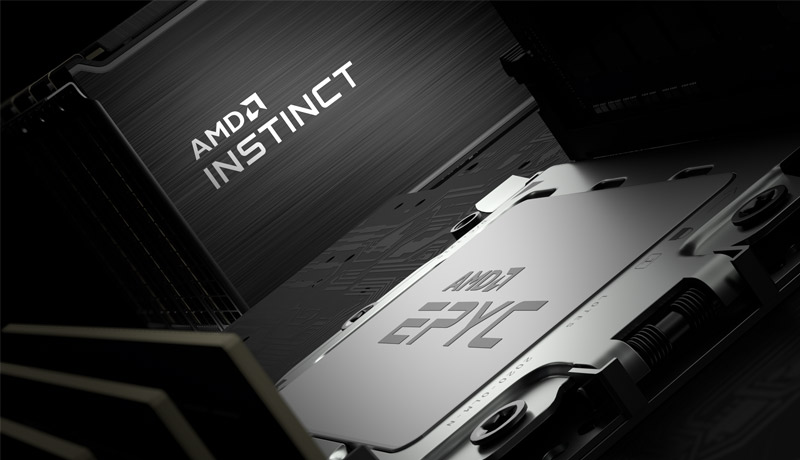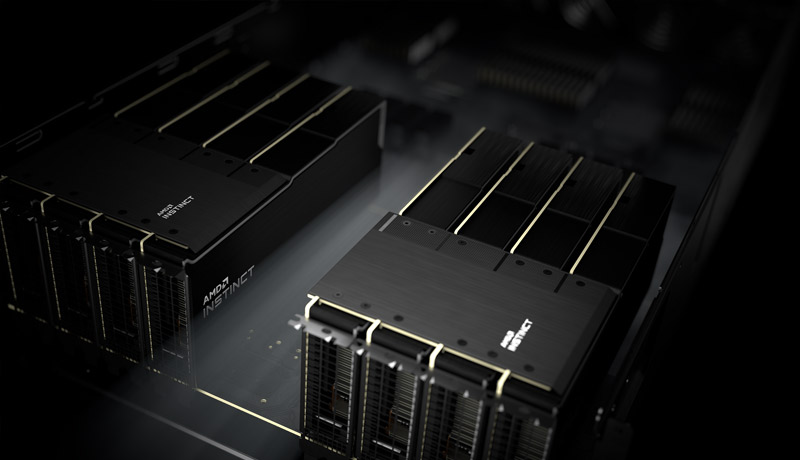
Microsoft announced the utilisation of AMD Instinct MI200 accelerators to power large-scale AI training workloads, continuing AMD and Microsoft’s cloud collaboration.
Additionally, Microsoft announced that it is collaborating with the PyTorch Core team and the AMD data centre software team to improve the performance and developer experience for customers running PyTorch on Microsoft Azure, as well as ensuring that developers’ PyTorch projects take advantage of AMD Instinct accelerators’ performance and features.

“AMD Instinct MI200 accelerators provide customers with cutting-edge AI and HPC performance and will power many of the world’s fastest supercomputer systems that push the boundaries of science,” said Brad McCredie, corporate vice president, Data Center and Accelerated Processing, AMD.
He added, “Our work with Microsoft to enable large-scale AI training and inference in the cloud not only highlights the expansive technology collaboration between the two companies, but the performance capabilities of AMD Instinct MI200 accelerators and how they will ultimately help customers advance the growing demands for AI workloads.”
“We’re proud to build upon our long-term commitment to innovation with AMD and make Azure the first public cloud to deploy clusters of the AMD Instinct MI200 accelerator for large scale AI training,” said Eric Boyd, corporate vice president, Azure AI, Microsoft.
He also said, “We have started testing the MI200 with our own AI workloads and are seeing great performance, and we look forward to continuing our collaboration with AMD to bring customers more performance, choice and flexibility for their AI needs.”
Other AMD products used at Microsoft Azure include the recently announced Azure HBv3 virtual machines, which use 3rd Gen AMD EPYCTM processors with AMD 3D V-CacheTM Technology, as well as numerous other instances for confidential computing, general purpose workloads, memory bound workloads, visual workloads, and more.